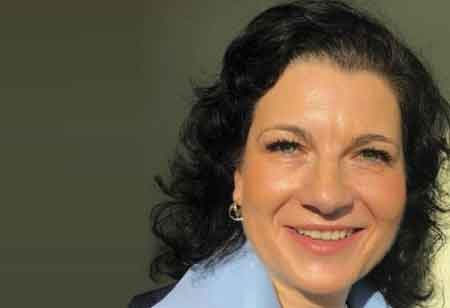As Vice President of Real Estate at HOLT CAT, I oversee all real estate holdings and manage facilities activities, including location, site acquisition, selection, land development and construction, and divestitures. Interestingly, I also enjoy assessing all real estate and facilities for purchase and sale and monitoring owned real estate value by evaluating potential sites based on demographics, property cost, and market potential. Subsequently, I conduct buy versus lease analysis and make recommendations to company senior leadership and owners to maximize the return on their investment.
At HOLT CAT, we focus on valuebased leadership, creating distinguished value for our customers, which not only has preserved the 90 years legacy from the revolutionary Benjamin HOLT but continues to make a substantial difference in all of our businesses and employee’s personal lives, based on trust, integrity, care, and collaboration. Frequently, we assess new properties to ensure they meet our organizational needs and expectations and negotiate contract terms as needed. In my role, I implement management policies for the real estate portfolio of the largest CAT dealer in Texas.
The general principles supporting real estate hold true despite all the changes occurring in the commercial real estate market today as a result of the pandemic's lingering impacts, rising interest rates and capitalization rates, persistent inflation, and continuous geopolitical uncertainty. In contrast to money and financial assets, which can be manufactured at will, the land that supports the economy is limited and becoming increasingly rare. Real estate is quite likely to outperform other traditional assets, including equities and especially fixed-income investments, on a long-term basis given the uncertain macroeconomic environment now in place.
When determining the value of a piece of commercial real estate, there are four basic metrics that can be used. While the price per square foot metric is directly tied to real estate, three other metrics–gross rent multiply
When determining the value of a piece of commercial real estate, there are four basic metrics that can be used. While the price per square foot metric is directly tied to real estate, three other metrics–gross rent multiplier, cap rate, and cash-on-cash return–are tied to the income that it produces.
Price Per Square Foot/Unit
Calculated by dividing a property's price by its total area or, in the case of multi-family or hospitality properties, by the number of units, this metric lets you compare your property to roughly similar but differently sized properties. The key limitation of this metric is that it does not take the property's income into account and could lead to inappropriate comparisons. For instance, while a $70 per square foot building may seem like a great deal compared with a similar building priced at $100 per square foot if the $100 building is occupied and the $70 is not, the more expensive building might be a better deal.
Cash-On-Cash
Given that commercial RETURN on real estate ownership is frequently a means to the end of earning investment profit, the latter three metrics are better representations of the property's value.
Capitalization (Cap) Rate
The cash-on-cash return is very similar to a cap rate, though it is calculated on an after-leverage basis. Instead of dividing the property's Net Operating Income (NOI) by its price, divide its net cash flow after subtracting annual debt service by the down payment. This considers the contribution that the positive leverage available in many markets can make. Most investors use the cap rate to value and compare properties. Since cap rates come from dividing a property's price into its NOl which is its income after operating expenses, it looks at what really matters to most investors - the relative degree of the property's profitability. Cap rates let you compare investment options on an apples-to-apples basis and determine if they can meet your client's near-term unleveraged cash flow goals.
Gross Rent Multiplier (GRM)
Calculated by dividing a property's price by its annual Gross Rent or Gross Income, the GRM helps you judge what your client is paying for a property relative to its income. Because it excludes expenses from the equation, the GRM is useful when you are looking at a property where the expenses are. Taken together, these four metrics give owners and prospective buyers a sense of a property's value relative to other properties, relative to its income, its profit, and the financing markets.
In the Lone Star state of Texas, industrial construction activity is still high, as was seen in the previous quarter, with about 57% of the 20.3 million square feet of space anticipated to be delivered in the first half of 2023. This essentially keeps it a strong market and provides little immediate relief for tenants looking for new premises. As a result, developers continue to have faith in the industry, with speculative building accounting for 78% of the pipeline and fueling industrial expansion.
Maximize Opportunities
For our organization at HOLT the real estate business must view every parcel as a possible source of revenue. As head of real estate, I meet with President Corinna Holt Richter on a monthly basis, however, I am unable to disclose what is on the horizon at this time. More than a dozen big projects are now active, and we are actively working on seven acquisitions. Regarding the 118-county reach of HOLT CAT the vision currently is that we're moving into a couple of other markets with key high growth. We are looking into the possibility of acquiring various land parcels for development. HOLT CAT is the nation's largest dealer, leaser, and servicer of heavy Caterpillar equipment and engines used to build roads, bridges, and a variety of other projects from the Red River to the Rio Grande with headquarters in San Antonio, TX.



